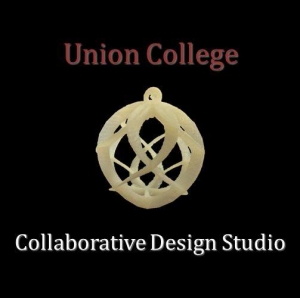After nearly eight months of work, I had a final product in my hands.
The first model I received was what Dave called “a sanity check.” It was a print of one of my models that allowed Dave and I to make sure we were on the same page with each other in terms of what was expected. This sanity check also brought about the debate on how much exterior material was necessary. My original models had and external diameter of 5 centimeters simply because that was the dimension of Arai’s models.
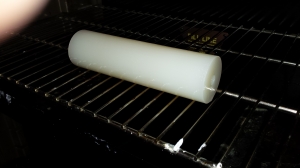
Dave suggested eliminating it all together to produce a model that looks more like this:
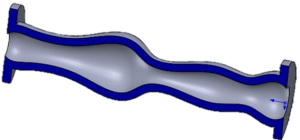
However, there is an assumption made when modeling the vocal tract as a tube. We assume that the air at the output end of the model is leaving the model onto an infinite plane. Without more thorough research into this assumption Dave, Professor Hanson, and I decided it was best to leave some exterior material. However, I did reduce the external diameter to 3 centimeters to alleviate the amount of material I was asking Dave to use.
The first full set of models arrived with a matte finish on them that needs to be sanded away.
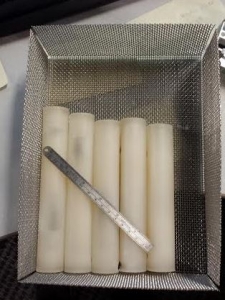
The second set, however, arrived in prime condition and requiring not extra work.
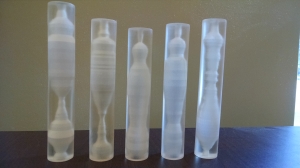
The models were printed on the 3DS ProJet HD3500 in a UV cured acrylic material (3D Systems VisiJet M3 Crystal).
The Union College Collaborative Design Studio was also contacted about printing a single model and the two connecting pieces I still needed for my system. They printed one model for $79 and two connecting pieces for $48. More tests are needed on this model to compare the quality and accuracy to the 3D Systems product.

